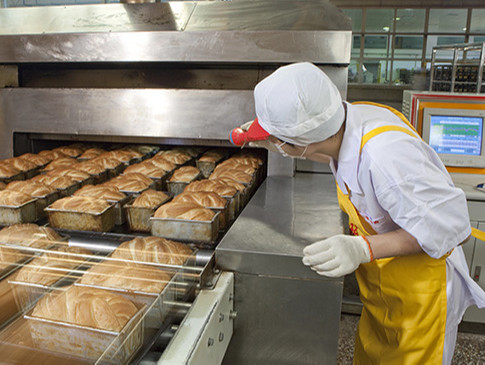
ING Research predicts a 1% decline in food industry production for 2024. This is a downward adjustment from earlier forecasts made at the start of the year. Analysts, however, expect production volumes to recover in the second half of 2024, driven by an increase in disposable household income, which will boost demand for food. Despite this, structural challenges remain significant, especially due to pressures on raw material supply and ongoing staffing issues.
In the first half of 2024, production in several subsectors was hindered by raw material supply issues. Potato processing fell by 5%, caused by shortages and an extremely wet spring. Canning manufacturers also struggled to secure sufficient high-quality vegetables. In the dairy industry, milk supply decreased by over 1.5% in the period up to July compared to the previous year, further straining this sector.
The meat processing industry showed mixed results. While the number of cattle and pigs slaughtered increased, the number of broilers slaughtered declined. Cocoa processing volumes remained stable despite strong price increases. In fact, more cocoa beans were imported and processed in the Netherlands in the first half of 2024 than a year earlier, keeping this sector relatively strong.
The period of sharp price increases in the food industry appears to be over. Far fewer producers plan to raise prices further, especially compared to 1.5 to 2 years ago. However, costs remain a challenge. Food producers are benefiting from lower market prices for agricultural raw materials and energy, but rising labor costs are putting profitability under pressure.
Consumer spending patterns have become more modest in recent years, leading to a decline in demand for high-margin products. This resulted in lower sales volumes for many food companies, further squeezing margins. Smaller manufacturers, in particular, are struggling to fully pass on their increased costs to customers, deteriorating profitability across the sector.
Another significant issue is the shortage of staff. A recent CBS survey indicates that over 60% of companies in the food and beverage industry are experiencing difficulties filling vacancies. For 25% of these companies, staffing shortages are the primary concern. At the same time, financial constraints, such as a lack of liquidity or higher financing costs, are becoming more prominent. These constraints are partly due to the capital-intensive nature of the sector, which is more vulnerable to rising interest rates.
Rising labor costs are making investments in automation and robotics more attractive, especially in production and logistics processes. The Netherlands leads Europe in the use of robots in the food industry, partly due to high labor costs. More than 4,000 robots are currently in use in the Dutch food industry. Although higher interest rates make these investments more expensive, many companies are still focusing on further automation to control costs and improve efficiency.
Source: ING
Source: Foto: ©Depositphotos.com/Jackchen